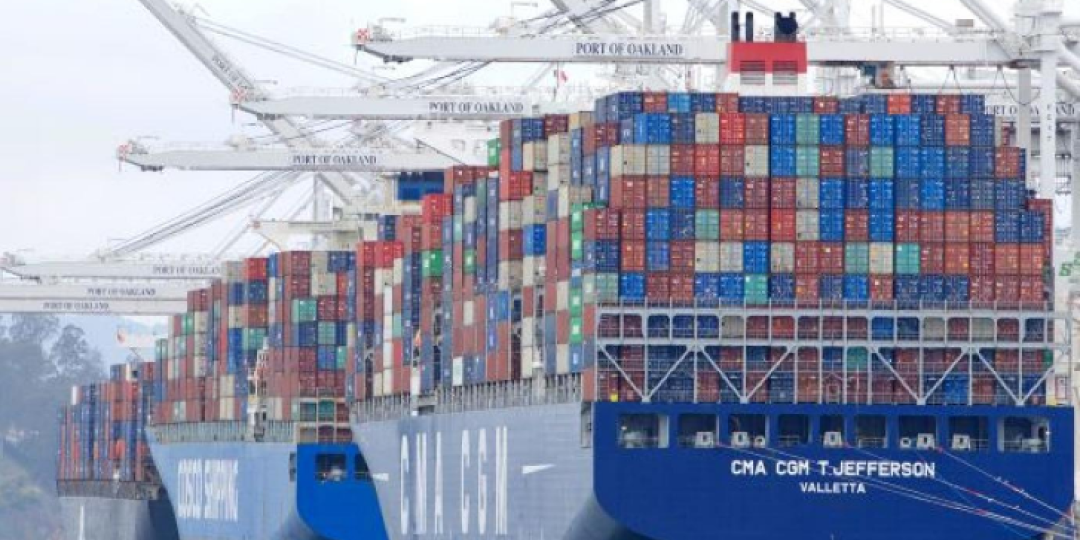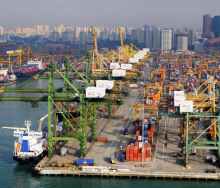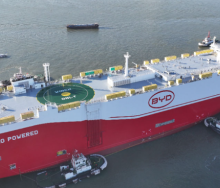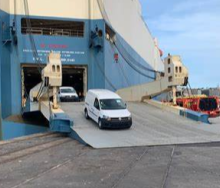The tables have turned for shipping lines who are now facing an overcapacity/lower demand scenario.
“Now that we have entered July, peak season should be getting under way, but there is, as yet, scant evidence of this happening” says Alan Murphy, CEO of maritime consultancy Sea Intelligence.
“But how about the carriers’ ability to manage capacity?”
Figure 1 shows the four-week average capacity deployment (future based on currently scheduled capacity by the carriers) for Asia-North America (combined Asia-North America West and East Coasts).
“What is really concerning is that capacity is on track to grow more than 20% as we approach the later stages of the – presently invisible – peak season. A similar theme is seen on Asia-Europe, where capacity growth is currently scheduled to cross an even higher 40% mark,” he points out.
The cyclical nature of shipping makes it inevitable that capacity injection at times will exceed demand growth. “But it is not a law of nature that this should necessarily tank the market. The carriers have the ability to manage capacity, even in the face of a large supply/demand discrepancy. The developments in spring 2020 clearly showed this.”
Murphy says the ball is right now very much in the carriers’ court. “Their current planning will certainly result in a sharply worsening market balance, and likely continuing declines in freight rates – something which could lead to loss-making territory in the second half of 2023. But this can be avoided by tactical use of blank sailings. Some of the idle capacity might then be sent to yards to get retrofitted for (even more) slow steaming, in preparation for the tightening environmental regulations.”














